Concerned about Consolidation?
Boards facing consolidation—when done well—can still fulfill their public protection duty.

Best Practices , Board Spotlights , Psychology and Regulation Trends
If the idea of overseeing seven professions terrifies you, you wouldn’t be alone. But talking to David Fye, the executive director for the Behavioral Sciences Regulatory Board (BSRB) in Kansas (which consolidated in 1980), can set one’s mind at ease. Fye, who has been in his role since 2020, acknowledges the anxieties regarding consolidation, and how it might complicate a board’s ability to protect the public. But he believes the way Kansas has threaded the needle between being responsible with state resources and ensuring public protection could serve as a prototype for other jurisdictions.
“I think our model is a really good one,” he says. “First, because there’s a lot of similarity in the subject area for the seven professions we regulate. And second, our model allows us to share resources to keep overhead down. One photocopy machine; not as much need for office space or a high number of support staff. But I also think there is a limit to efficiency. I have a staff of 12 employees, working together in similar areas. If you were overseeing a larger group of diverse professions with little to no common ground, I think that would create additional challenges, such as putting your investigators into the difficult position of becoming experts in unrelated areas.”
Talking to Fye, it’s clear there are several lessons that prevent consolidation from derailing regulatory effectiveness:
- Keep it “kindred”: Fye frequently acknowledged how critical it was for the professions within consolidated boards to be similar. “The BSRB regulates seven behavioral health professions, created first to oversee psychologists and social workers. As new professions were created over the years, these statutes and regulations were used as the base, combined with profession-specific changes. The similarity in terminology and structure has helped us cross-train licensing, clerical, and investigative staff.”
- Leverage the consolidation for financial stability and better service: “If there’s a state with very few licensees, board members may be charged to do more of the hands-on work on licensing, investigations, etc. That puts a lot of responsibility and pressure on individuals who frequently hold outside full-time jobs. One of the benefits of consolidation is that by combining licensing of similar professions, an agency gains the financial resources for separate staff. I have staff for licensing and investigation. But if we didn’t have the financial resources or our professions were smaller, we couldn’t support the staff. There are only about 1,000 psychologists in Kansas, but by combining seven behavioral health professions, we regulate nearly 16,000 licensees and use that license revenue to fund the agency’s operations.” One reason that financial stability is important leads directly to Fye’s next insight.
- Retention through proper compensation: “One thing we’ve been fortunate with: We’ve had very little turnover. For example, our two investigators on staff have been here about 10 and eight years. If either of them would leave, the process to train a new investigator would be a big challenge. The assistant director has worked for the BSRB for 25 years. Some of the clerical and licensing staff have worked for the agency close to that length of time. Hiring quality applicants, supporting them with additional training, and retaining those individuals are critical when it comes to consolidation. With seven professions, the staff here learn about each of the professions, get to know board members, and it creates a personal connection to their work. If you were to add a host of other unrelated professions, I think you would lose the personal buy-in that might lead to turnover.”
- Be proactive in creating new and shared systems: “Our board put together an investigation policy to ensure we are treating licensees fairly and consistently when we receive complaints. We also directed staff members to create step-by-step guides to perform their daily job functions, so those lessons can be passed on for coverage when staff members take vacations or we train future hires. Also, we have standing Advisory Committees, one for each of the seven professions regulated by the Board, who are largely made up of licensees in each of the seven professions. These seven Advisory Committees work separately to consider items relevant to the different professions, and offer profession-specific recommendations back to the full Board to consider changes to statutes and regulations. But we also need to keep our processes improving, like moving from paper to electronic records, upgrading licensing systems. Attending conferences, like those ASPPB puts on, are key in how to learn from other states and implement best practices.”
- Avoid “reconsolidation”: “Every now and again, composite boards get asked if they can re-composite,” says Fye. “Functionally, however, I think there is a limit. If you were to combine us with a lot of other unrelated agencies, our agency would not operate as efficiently.”
- Show continuous engagement and ongoing results: One way to protect the gains of consolidation and ward off the perils is by showing proof your model is responsible and responsive to the public it’s meant to serve. “Prior to becoming Executive Director for the BSRB, I worked for the Kansas Legislative Research Department, and I saw the way the state legislature shares information with the public. We took that cue and post information regularly on our agency’s website. In January 2021, we launched a YouTube channel for broadcasting Board and Advisory Committee meetings. This level of openness and visibility has greatly increased our interactions with students, licensees, and other members of the public. Prior to our YouTube channel, we had about 10 public attendees of meetings per year. Now, we have thousands of individuals watching our meetings and becoming more knowledgeable about the efforts the Board is making to protect the public.”
Jana Johansen, the licensing administrator of Utah—who has 12 professions on her plate—has come more recently to consolidation than Kansas. As part of Utah’s required look at licensing every 10 years, the state’s Office of Professional Licensure Review began to examine mental health professions in 2023. The process that resulted in consolidation, says Johansen, was deliberative and took a year. As part of it, however, one determination that emerged which might surprise some was that the combined board now has more authority, not less: “Prior to consolidation, the agency had to remain neutral,” explains Johansen, “but now it is permitted to make recommendations to legislators.”
Johansen admits that the psychology board was the most upset about consolidation. “Their main argument was how can someone who’s not a doctoral-level license holder give an opinion about certain things. But in Utah, our division directors have always been the ultimate authority, and all our boards are advisory. So, that advisory role hasn’t changed. In fact, although the division director does have the final say, disagreement between him and the board is very rare.”
Johansen says she feels the process overall was eye-opening. “We had three board members who rolled into our main combined board, and everyone else is new. But now, what people talk about when there is no turf-protecting is, I think, meaningful. They’re trying to figure out the right pathways for everyone—everyone is really listening because we’re trying to find out all the different dynamics. We want our professions to think holistically instead of in a silo. Because the board is not geared to any one profession anymore, we’re trying to ask questions in a very broad way.”
But, like Kansas, Johansen recognizes the need to balance this type of broader perspective with expertise. Hence Utah’s innovation to:
- Empanel specialist subcommittees to preserve expertise. “One thing we made sure of was to have three committees help support our board because it would be too much work otherwise. So, we have a committee that focuses solely on education, solely on compliance, solely on investigations. And they’ll perform these functions for all our boards. And we have a representative from each of the professions on those subcommittees. So, for example, if one has a really complex psychology case, that would be addressed properly through this layer.”
Another recommendation Johansen makes?
- Retain existing board members. “Before consolidation takes place, be sure to keep some of your existing board members.” That, she says, will help with the growing pains that invariably come with this transition.
Resources
Want to learn more about Utah’s process to consolidate? Check out the Office of Professional Licensure Review’s reports about the behavior health professions.


